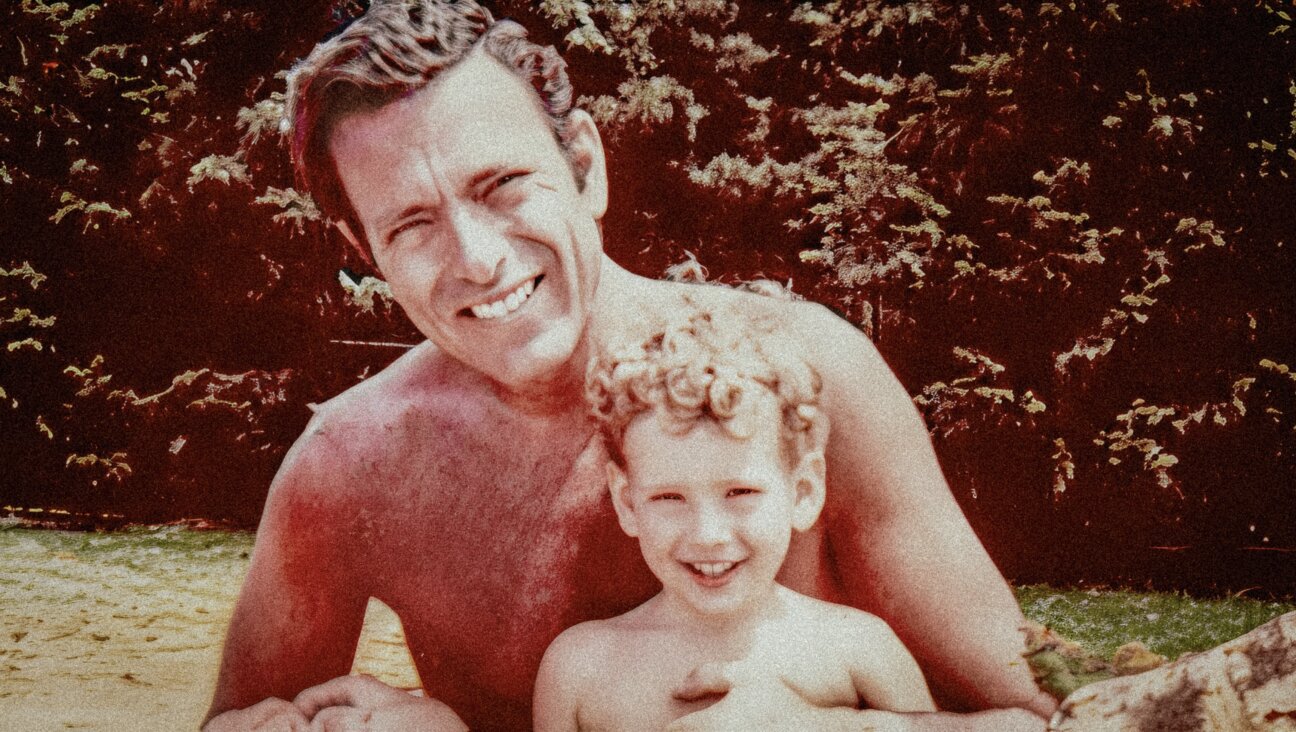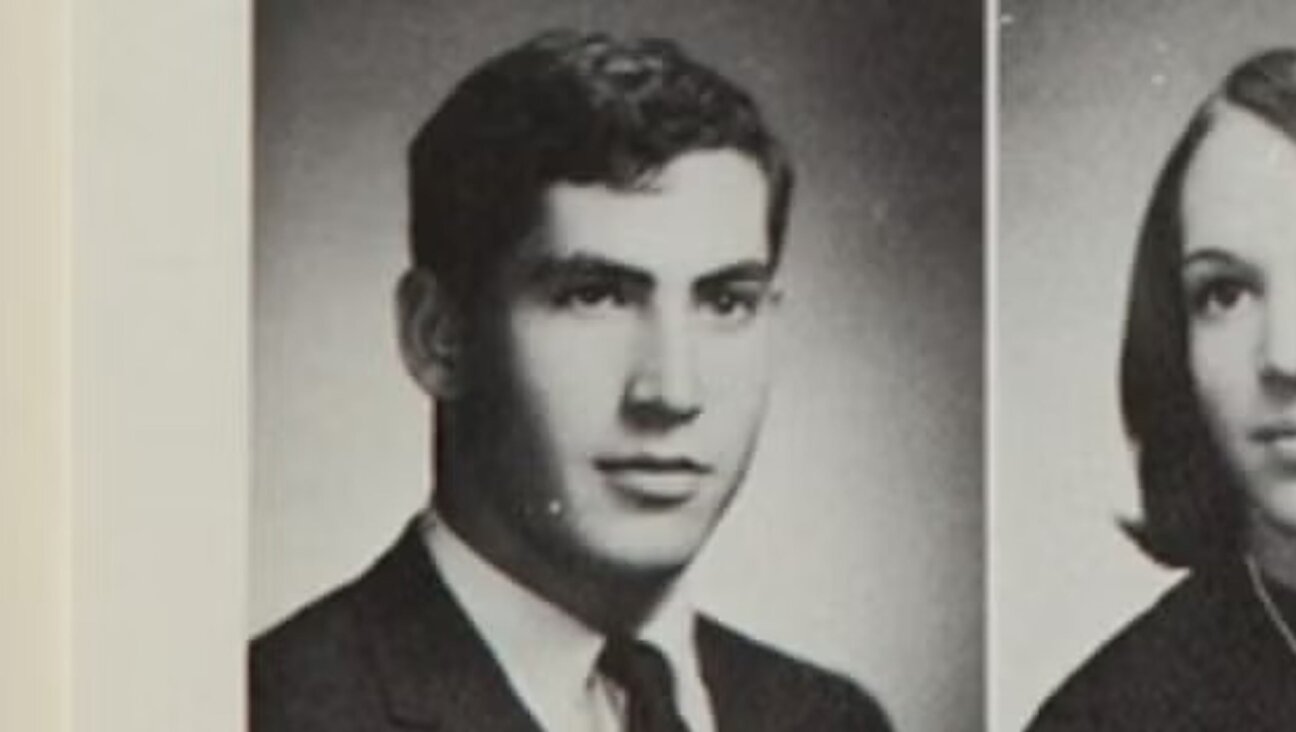Everything to know about Babyn Yar

Graphic by Angelie Zaslavsky
On Tuesday, a Russian missile hit Babyn Yar, the site of a memorial to Holocaust victims, killing five people. German Nazis and their local Ukrainian collaborators carried out a number of massacres against Jews in World War II at Babyn Yar, which is also known as Babi Yar, including a massacre in September 1941 in which approximately 33,771 Jews were killed.
The day after the Russian attack, Ukrainian president Volodymyr Zelenskyy, who is Jewish, called on Jews to speak out about the Russian invasion of his country.
“You are killing Holocaust victims for the second time,” Zelenskyy said to Russia.
What happened at Babyn Yar during World War II?
Babyn Yar is a ravine on the outskirts of Kyiv, the capital of Ukraine. There, mass graves of Jews and other victims serve as a reminder of atrocities committed 80 years ago.

Image by Wikimedia Commons
German troops occupied Kyiv on September 19, 1941, according to the YIVO Institute for Jewish Research. 70% of the city’s Jewish population managed to flee, but that same month, just before Yom Kippur, Jews who remained in the city were ordered to gather at Babyn Yar, where they were marched toward the ravine. About 33,771 Jews were shot and murdered over a 48-hour period.
It was one of the largest massacres at a single location during World War II. In the next two years, Nazis killed an additional 70,000-80,000 people at Babyn Yar, including Jews, Roma, Ukrainian nationalists, communists and Soviet prisoners of war.
What happened after the war?
During and after the war, Ukraine was part of the Soviet Union. When the war ended and Jews there sought to erect a memorial at Babyn Yar, Soviet officials obstructed them. At one point, municipal authorities agreed on a memorial, but only if it was dedicated to Soviet citizens and didn’t mention that most people killed at the site were Jewish.
In 1961, when Russian poet Yevgeny Yevtushenko published a poem about the Jewish suffering at Babyn Yar, he was denounced by Soviet premier Nikita Khrushchev himself. Meanwhile, authorities tried to prevent Jewish activists from holding gatherings at the ravine on the anniversary of the 1941 massacre.
In 1976, a memorial was finally erected by the state, but it didn’t mention Jews in particular; it commemorated Soviet citizens and prisoners of war. Years later, after Ukraine became independent, a new monument, shaped like a menorah, was added. With an inscription in Yiddish and Hebrew, that memorial finally acknowledged the Jewish victims of Babi Yar.

Ukraine’s Raisa Maistrenko lays flowers during a visit to the Babi Yar memorial monument in Kiev on September 23, 2016 a few days before Ukraine marks the 75th anniversary of the September 1941 mass executions of Jews by the Nazis during World War II at Babi Yar in Kiev. “We were gathered here and sent along ‘the death path’,” a petite woman said, pointing to a Kiev green alley that 75 years ago was witnessed one of the great tragedies of World War II. Raisa Maistrenko was only three years old when the Nazis murdered 34,000 Jews — mainly the elderly, women and children — between September 29-30, 1941. Maistrenko is the Ukrainian capital’s last survivor of the 29 people who managed to escape execution, either by falling into the ravine before they were shot in the back, to lie on top of thousands of corpses and later flee, or wearing crosses to hide their true religion. / AFP / Sergei Supinsky Photo by Getty Images

Image by Wikimedia Commons
In the months before Tuesday’s attack by Russia, a new memorial — timed to the 80th anniversary of the massacre — was under construction at Babyn Yar, including a wooden synagogue and a “Crystal Wall of Crying.”
“It’s hard to breathe at this place,” Zelenskyy said at the inauguration ceremony for the memorial. “Thousands of children took their last breath here.”
A Babyn Yar spokesperson told the Times of Israel that the Russian attack didn’t appear to have done damage to that new memorial.





















